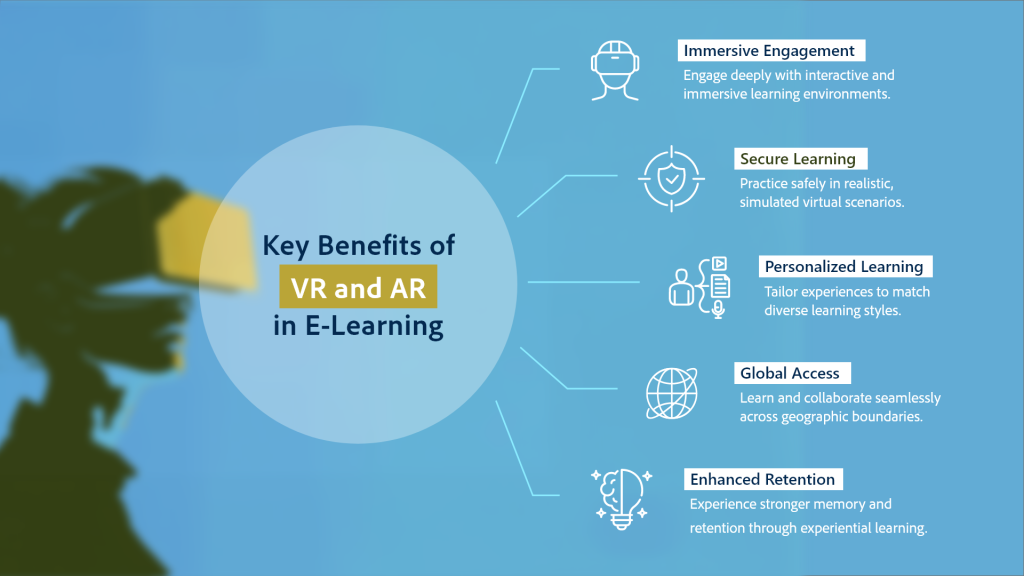Introduction
Within the ever-evolving world of schooling, expertise has constantly performed a transformative position. Digital Actuality (VR) and Augmented Actuality (AR) have emerged as game-changers, redefining how learners have interaction with content material. By creating immersive, interactive, and experiential studying environments, VR and AR are bridging the hole between theoretical information and sensible software. Right here’s a more in-depth take a look at how these applied sciences are shaping the eLearning panorama.
What Are VR and AR?
- Digital Actuality (VR) creates absolutely immersive experiences by simulating environments the place learners can work together with digital objects and situations utilizing units like headsets and controllers. It’s significantly helpful in creating real looking simulations, permitting learners to discover situations that may in any other case be troublesome or unsafe to copy in actual life.
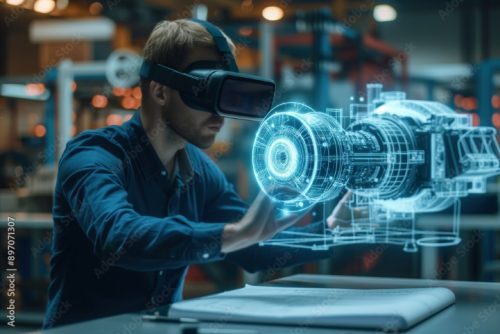
- Augmented Actuality (AR) overlays digital components like pictures, sounds, or texts onto the true world utilizing units comparable to smartphones, tablets, or AR glasses. In contrast to VR, AR enhances the bodily setting, mixing actual and digital components.
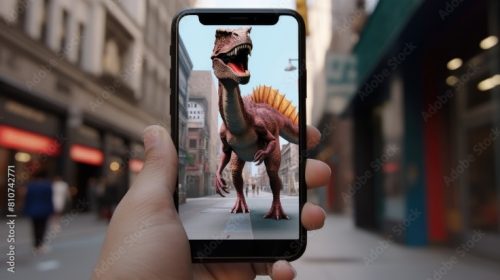
Key Advantages of VR and AR in eLearning
- Immersive Engagement
Conventional eLearning platforms rely closely on textual content, pictures, and movies. Whereas efficient, these codecs usually lack the interactivity essential to maintain learner curiosity. VR and AR introduce immersive environments the place learners aren’t simply passive recipients however lively contributors.
As an illustration, a medical scholar can observe surgical procedures in a VR simulation, or a historical past scholar can discover an historical civilization via AR-enhanced environments. Such experiences make studying extra participating and memorable.
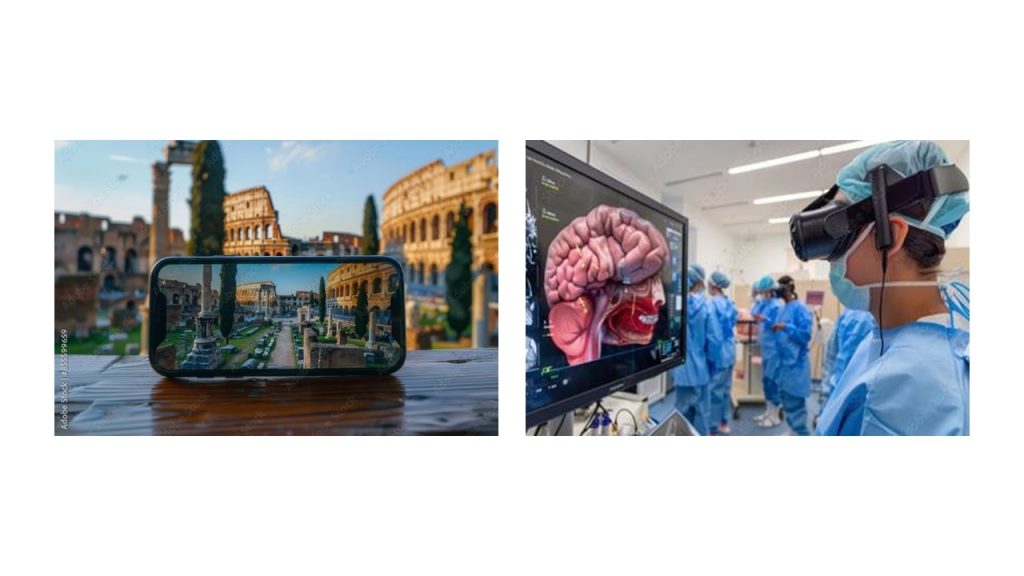
- Protected Studying Environments
VR supplies a risk-free platform for training high-stakes expertise. Industries comparable to aviation, healthcare, and building leverage VR for simulation-based coaching, the place learners could make errors with out real-world penalties. AR, however, supplies real-time steerage and suggestions in precise environments, enhancing on-the-job coaching.
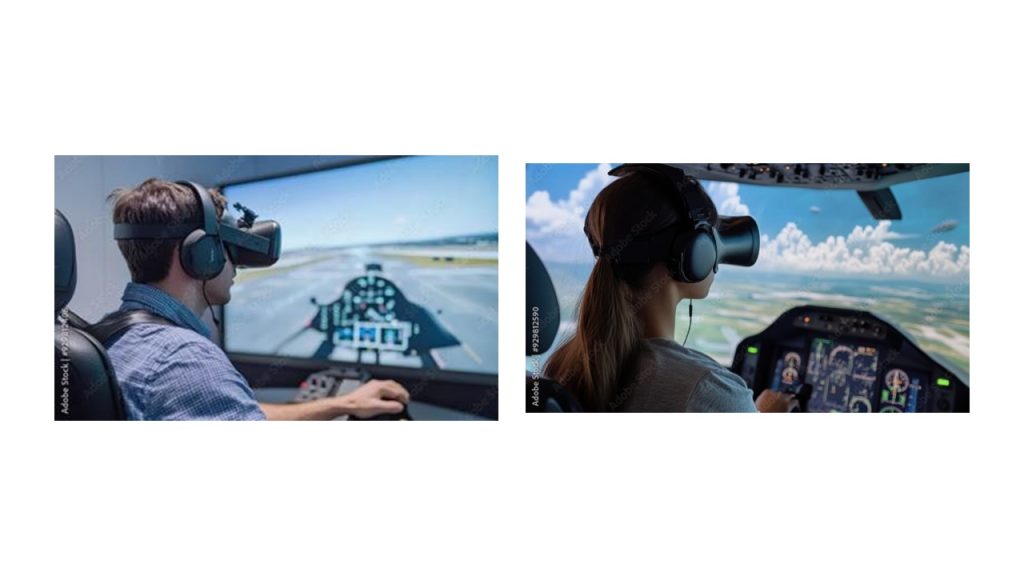
- Customized Studying
VR and AR cater to various studying kinds. Kinesthetic learners, for instance, thrive in environments the place they will manipulate and work together with objects, a function central to each VR and AR. Moreover, these applied sciences enable instructors to tailor content material primarily based on learner efficiency, providing adaptive and customized experiences.
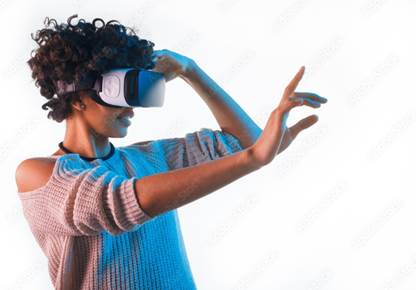
- World Entry
Geographical boundaries not prohibit learners. With VR and AR, college students from across the globe can discover museums, attend digital conferences, or collaborate in digital lecture rooms. This democratization of schooling ensures equitable entry to high-quality assets.
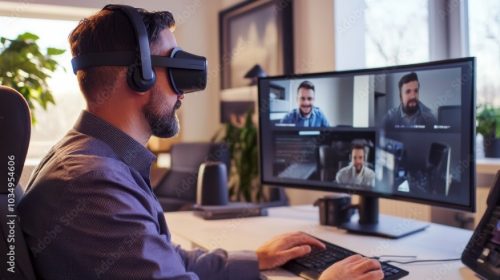
- Enhanced Retention Charges
Experiential studying improves retention. VR and AR create situations the place learners can apply theoretical information in sensible settings, reinforcing studying outcomes. For instance, AR purposes in anatomy enable college students to visualise and work together with 3D fashions of human organs, which is much simpler than learning 2D diagrams.
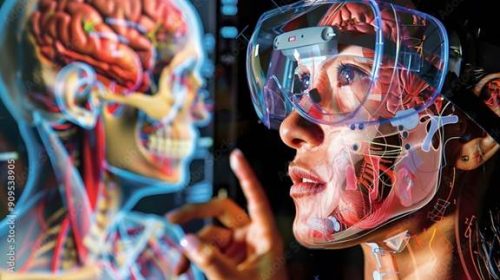
Functions of VR and AR in eLearning
- Company Coaching
Corporations use VR to simulate difficult office situations, comparable to buyer interactions or emergency drills. AR is utilized for just-in-time studying, the place staff obtain step-by-step steerage via AR-enabled units.
- STEM Schooling
In science, expertise, engineering, and arithmetic, VR allows college students to conduct experiments in digital labs, whereas AR supplies real-time visualizations of advanced equations and fashions.
- Language Studying
VR immerses learners in digital environments the place they will observe conversational expertise with AI-driven avatars. AR apps overlay translations or contextual data onto real-world objects, enhancing vocabulary acquisition.
- Cultural Exploration
By means of VR, learners can nearly go to historic websites, experiencing cultures firsthand. AR enriches these experiences by overlaying historic data, animations, or audio guides onto the true world.
Challenges and Limitations
Regardless of their benefits, VR and AR face sure challenges:
- Price: Excessive-quality VR headsets and AR units will be costly, making them inaccessible for some establishments.
- Technical Experience: Growing VR and AR content material requires specialised expertise, which generally is a barrier for smaller organizations.
- Consumer Consolation: Prolonged use of VR headsets can result in discomfort or movement illness, which can hinder studying.
- Gadget Compatibility: AR purposes usually require fashionable smartphones or tablets, limiting entry for customers with older units.
Future Developments in VR and AR eLearning
- AI Integration: Combining AI with VR and AR will enable for extra clever and adaptive studying programs, tailoring content material to particular person wants and preferences.
- Haptic Suggestions: The inclusion of haptic units will allow learners to really feel textures and actions in VR, enhancing the realism of simulations.
- 5G Connectivity: The widespread adoption of 5G will cut back latency, enabling smoother and extra responsive VR and AR experiences.
- Collaborative VR/AR: Digital lecture rooms and AR-enhanced group initiatives will foster collaboration amongst learners from various places.
Conclusion
VR and AR are revolutionizing eLearning by making it extra interactive, participating, and efficient. Whereas challenges stay, the potential advantages far outweigh the constraints. As expertise turns into extra accessible and inexpensive, VR and AR are poised to grow to be integral parts of mainstream schooling, remodeling how information is delivered and absorbed. For learners and educators alike, the way forward for studying is not only digital—it’s immersive.
